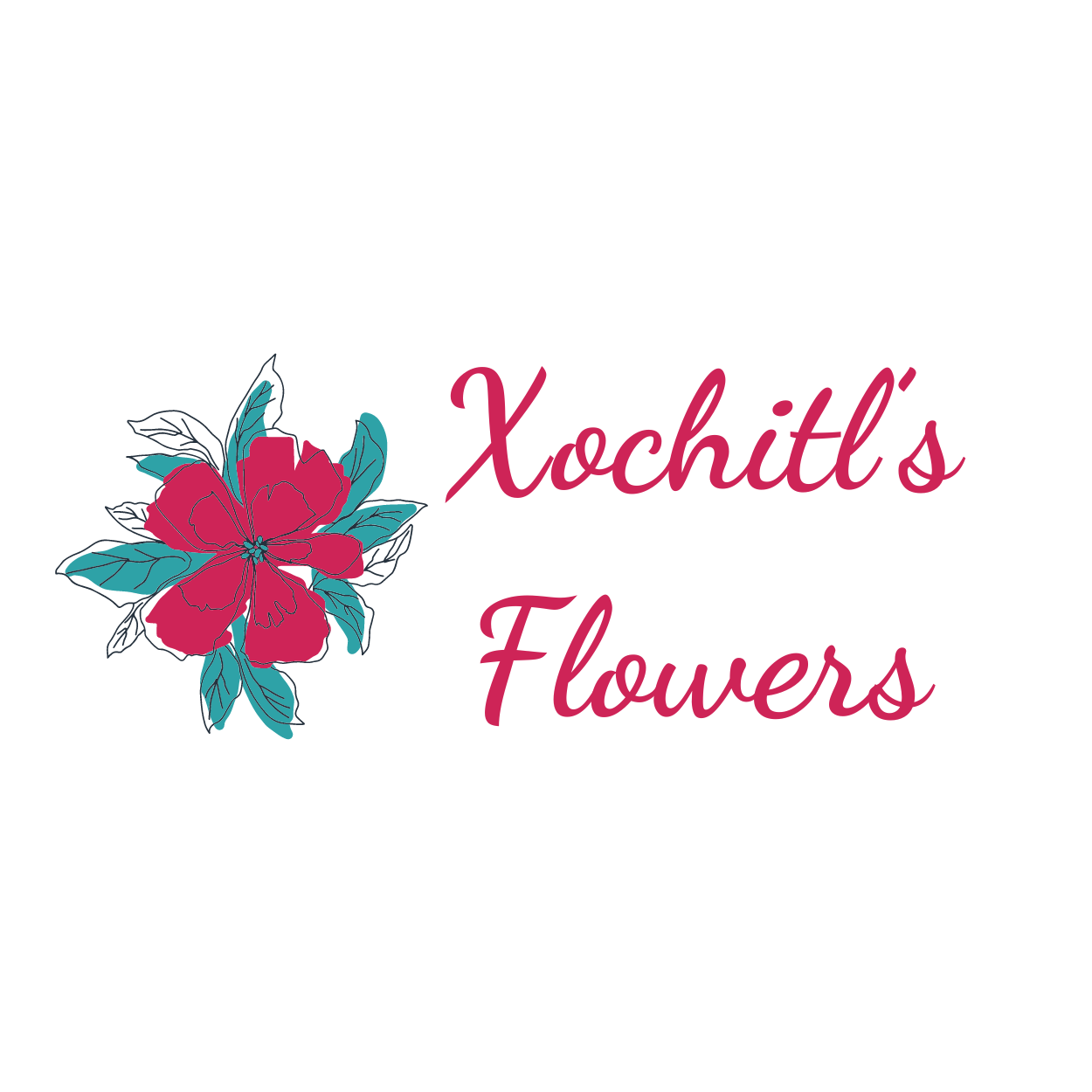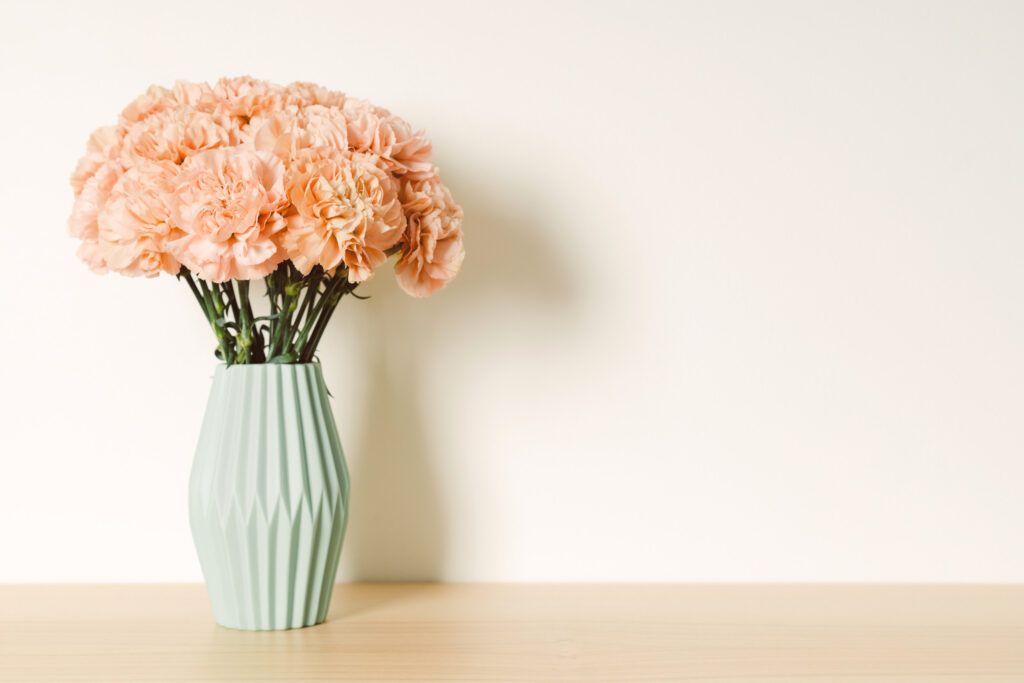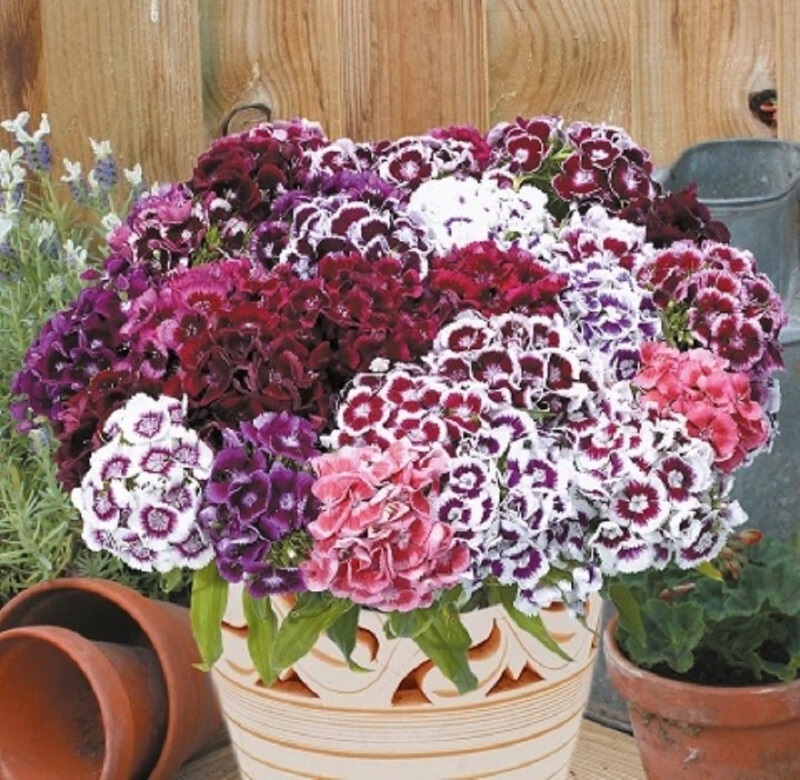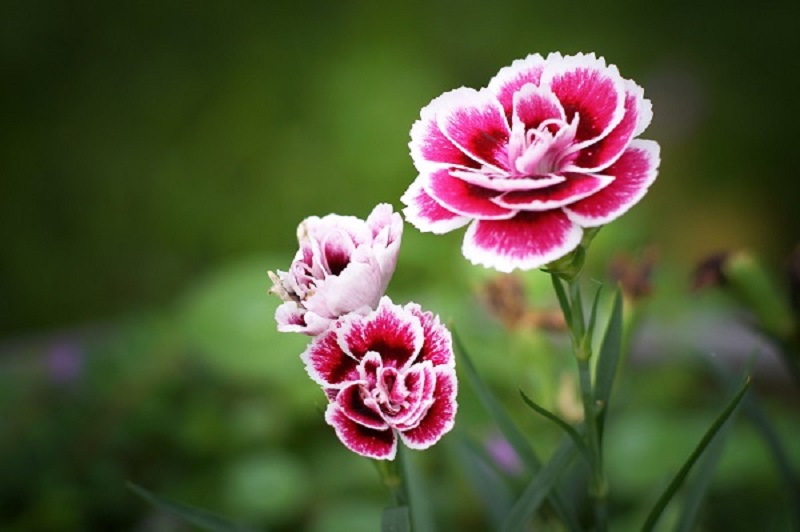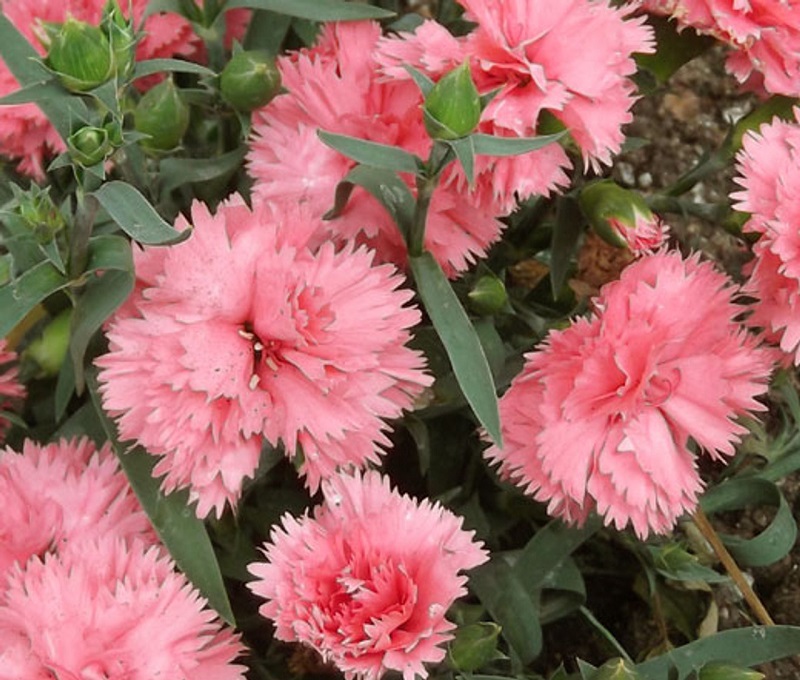Standard carnations (Dianthus caryophyllus) are celebrated for their classic beauty and enduring charm. As one of the most popular and versatile flowers in the floral world, standard carnations have a rich history and a broad range of applications. From their vibrant colors to their role in floral arrangements and cultural ceremonies, these flowers continue to […]
Carnation
Carnations, scientifically known as Dianthus caryophyllus, are among the most cherished flowers globally. With a history rooted in ancient Greece and rich symbolism across various cultures, carnations are admired for their vibrant colors, delightful fragrance, and versatility. This article delves into the different types of carnations, their symbolism, care tips, and their role in floral design and art.
Types of Carnations
Standard Carnations
Standard carnations are the most well-known variety, characterized by a single large bloom per stem. These flowers come in numerous colors including red, white, pink, yellow, and purple. Their robust blooms and long stems make them ideal for a variety of floral arrangements, particularly for weddings and formal events.
Spray Carnations (Miniature Carnations)
Spray carnations, also referred to as miniature carnations, feature multiple smaller blooms on each stem. They are perfect for adding texture and volume to floral arrangements, and their smaller size makes them a popular choice for bouquets and centerpieces.
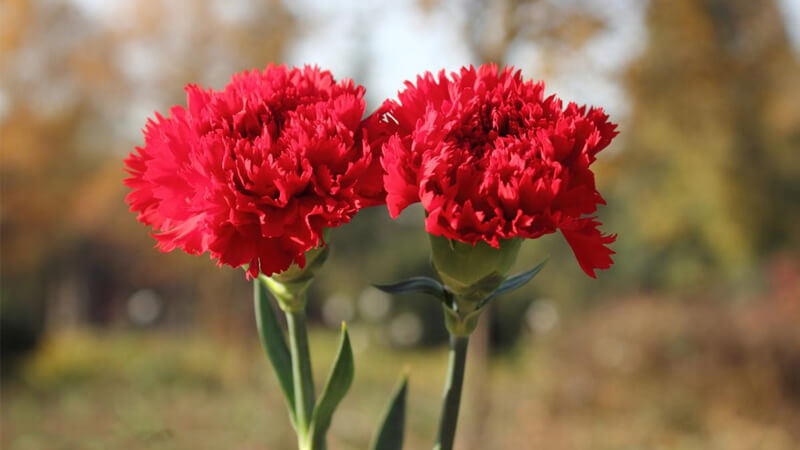
Dwarf Carnations
Dwarf carnations are compact plants often grown in pots or as border plants in gardens. They share the same color range as standard carnations but in a more petite form, making them suitable for smaller spaces and indoor environments.
Chabaud Carnations
Chabaud carnations are known for their ruffled petals and clove-like fragrance. These carnations are favored by garden enthusiasts and are often used in cut flower arrangements. They require well-drained soil and plenty of sunlight to thrive.
Perpetual Flowering Carnations
Perpetual flowering carnations are celebrated for their ability to bloom year-round. They are a popular choice for both commercial growers and home gardeners, providing continuous blooms with proper care.
Symbolism and Cultural Significance
Meanings by Color
- Red Carnations: Symbolize love, admiration, and deep affection, making them a popular choice for romantic occasions.
- White Carnations: Represent purity, luck, and innocence, often used in weddings and to convey good fortune.
- Pink Carnations: Express gratitude and remembrance, commonly associated with Mother’s Day and memorial services.
- Yellow Carnations: Associated with disappointment or rejection in some cultures, though they can also symbolize cheerfulness.
- Purple Carnations: Represent capriciousness and add a touch of mystery to floral arrangements.
Carnations in Different Cultures
Carnations hold various significances around the world. In Korea, red and pink carnations are given to parents on Parents’ Day to express love and respect. In Europe, carnations are used in political and religious ceremonies, symbolizing resistance and remembrance. For instance, the red carnation is a symbol of the Portuguese Carnation Revolution.
Growing and Caring for Carnations
Planting Carnations
To successfully grow carnations, plant them in well-drained soil with a neutral to slightly alkaline pH. They thrive in full sunlight and require a moderate climate. Space seeds or transplants about 12 inches apart to ensure proper growth and air circulation.
Care and Maintenance
Carnations need regular watering but should not be overwatered to avoid root rot. Use a balanced fertilizer every 6-8 weeks to promote healthy growth and vibrant blooms. Regular pruning of spent flowers encourages more blooms and helps maintain the plant’s shape. Monitor for pests such as aphids and spider mites.
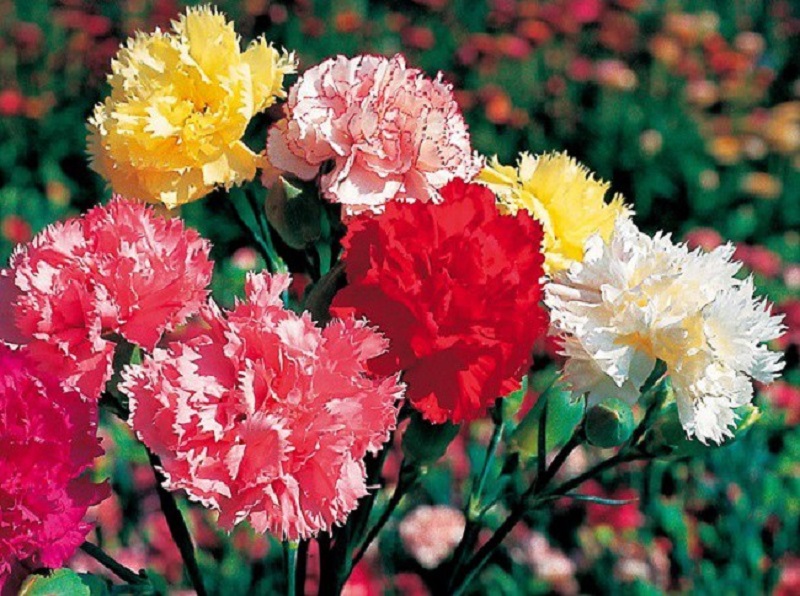
Propagation Methods
Carnations can be propagated through seeds, cuttings, or layering. Seed propagation requires patience as seedlings may take several weeks to emerge. Cuttings, taken from healthy stems in late spring or early summer, provide a faster method. Layering involves bending a low-growing stem to the ground, covering it with soil until it roots, and then transplanting.
Carnations in Floral Design
Popular Arrangements and Bouquets
Carnations are versatile in floral design due to their long-lasting blooms and wide color range. They pair well with roses, lilies, and baby’s breath. Commonly used in wedding bouquets, corsages, and boutonnieres, carnations convey messages of love and admiration.
Seasonal and Thematic Uses
Carnations are suitable for all seasons. Red and white carnations are popular during Christmas, while pastel shades are favored in spring arrangements. Their ability to be dyed makes them adaptable to any theme or event, allowing for custom floral designs.
Carnations in Art and Literature
Depictions in Art
Carnations have been depicted in art for centuries, symbolizing various themes based on their colors and context. Renaissance artists, including Leonardo da Vinci and Francisco de Zurbarán, used carnations in their works to symbolize love and divine protection.
References in Literature
Carnations appear in literature as symbols of love, innocence, and tragedy. Shakespeare, for instance, referenced carnations in his plays to convey modesty and gentleness, while modern literature explores themes of beauty and memory through these flowers.
Conclusion
Carnations are more than just beautiful flowers; they are symbols of love, admiration, and cultural significance. From their historical roots to their modern uses in floral design and art, carnations continue to captivate people with their enduring appeal. Whether you’re growing them in your garden or incorporating them into a bouquet, carnations offer a timeless beauty that remains cherished across cultures and generations.
Carnations in bunches are a timeless choice for floral arrangements, admired for their beauty and versatility. With their rich variety of colors and long-lasting blooms, carnations are a favorite among florists and gardeners alike. This article explores the unique characteristics, history, and cultivation of carnations in bunches, highlighting their appeal in both everyday and special […]
Dwarf carnations (Dianthus caryophyllus) are a delightful and versatile addition to any garden or floral arrangement. Known for their compact size and vibrant blooms, these charming flowers offer a unique alternative to their larger counterparts. Dwarf carnations have become increasingly popular among gardeners and floral designers due to their ease of care and adaptability. This […]
Chabaud carnations, renowned for their stunning appearance and rich heritage, have captivated the hearts of gardeners and florists alike. Named after their developer, these carnations are celebrated for their vibrant colors, intricate petal structure, and exceptional versatility. This article delves into the unique characteristics, history, and cultivation of Chabaud carnations, highlighting their significance in floral […]
